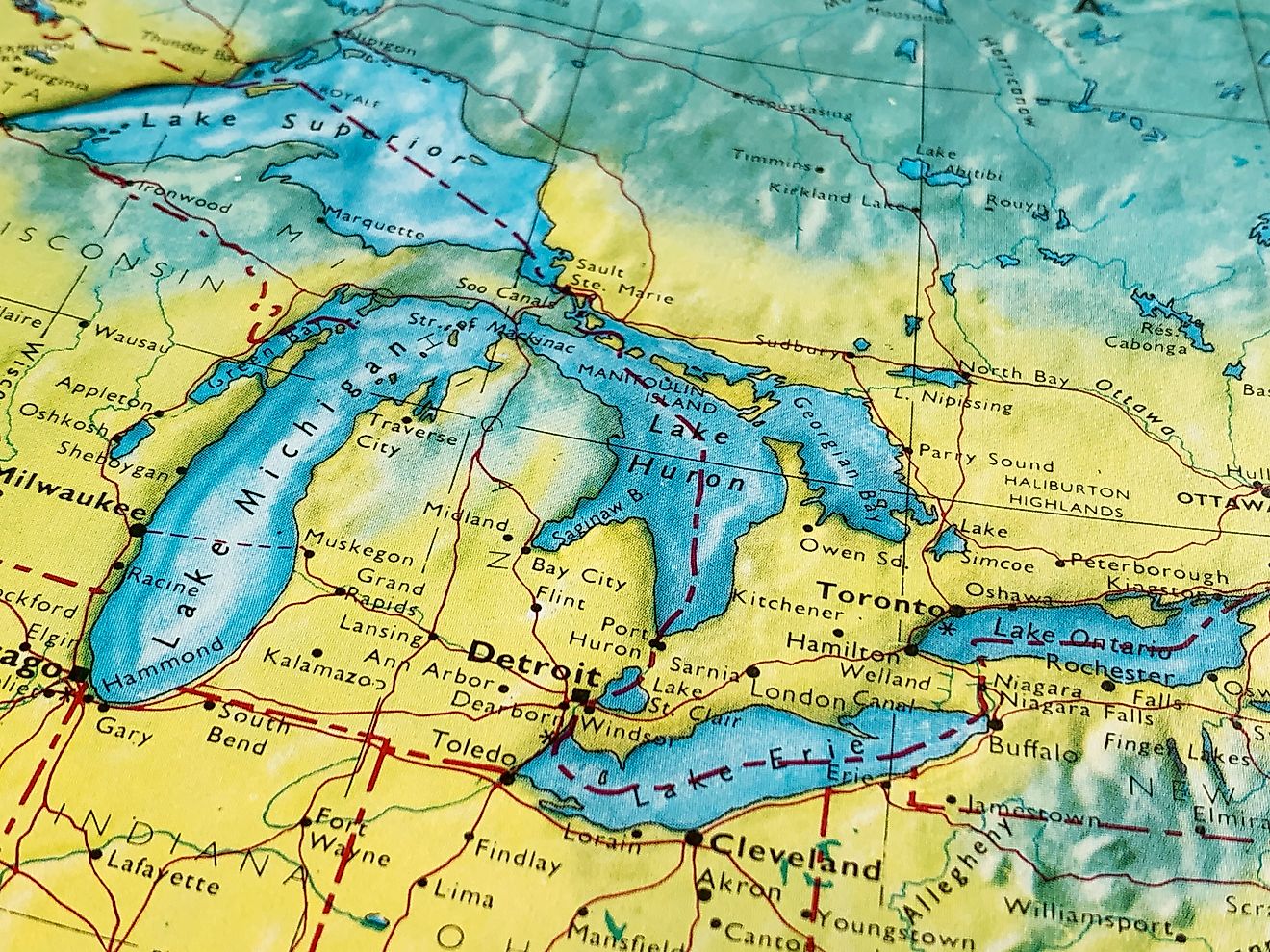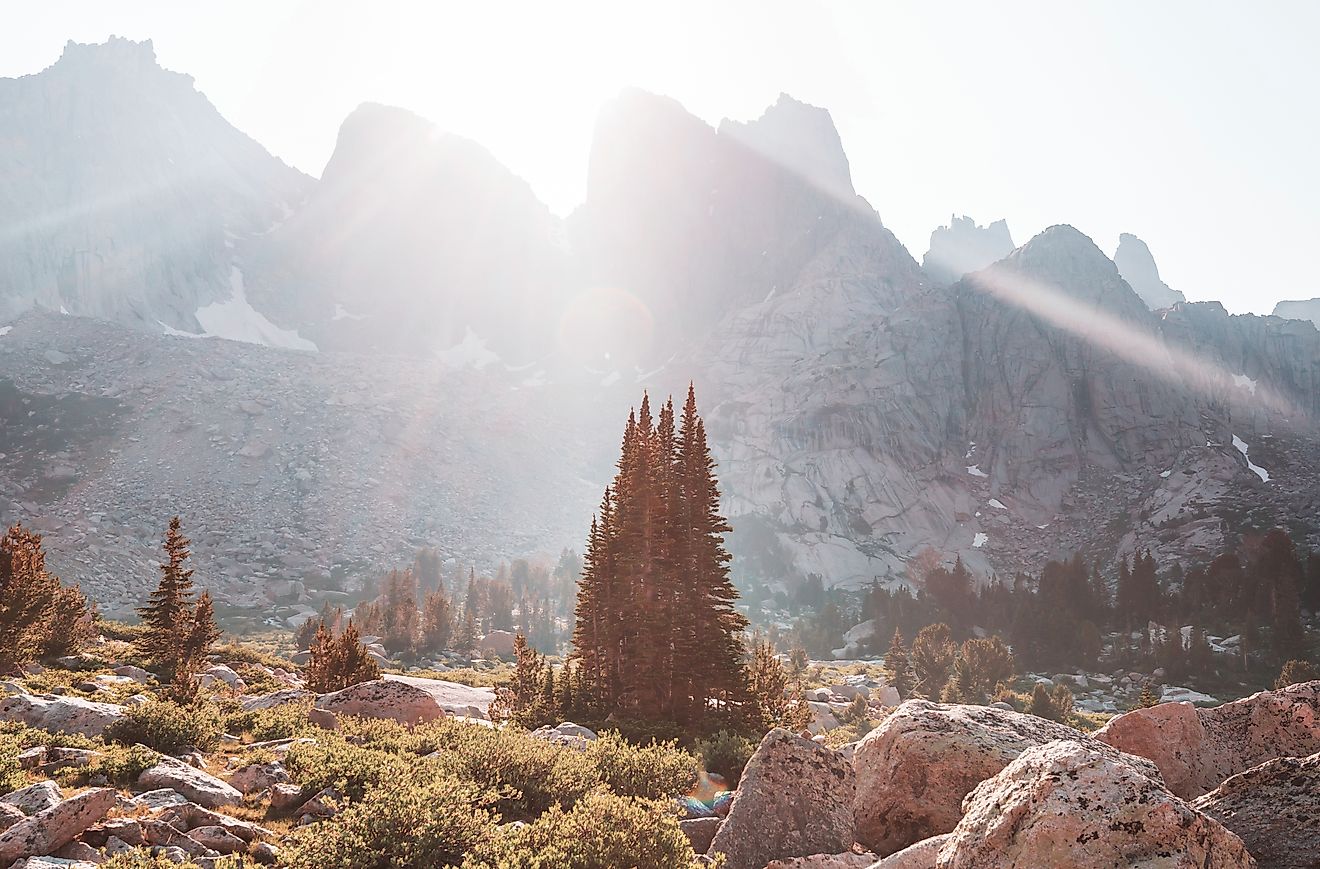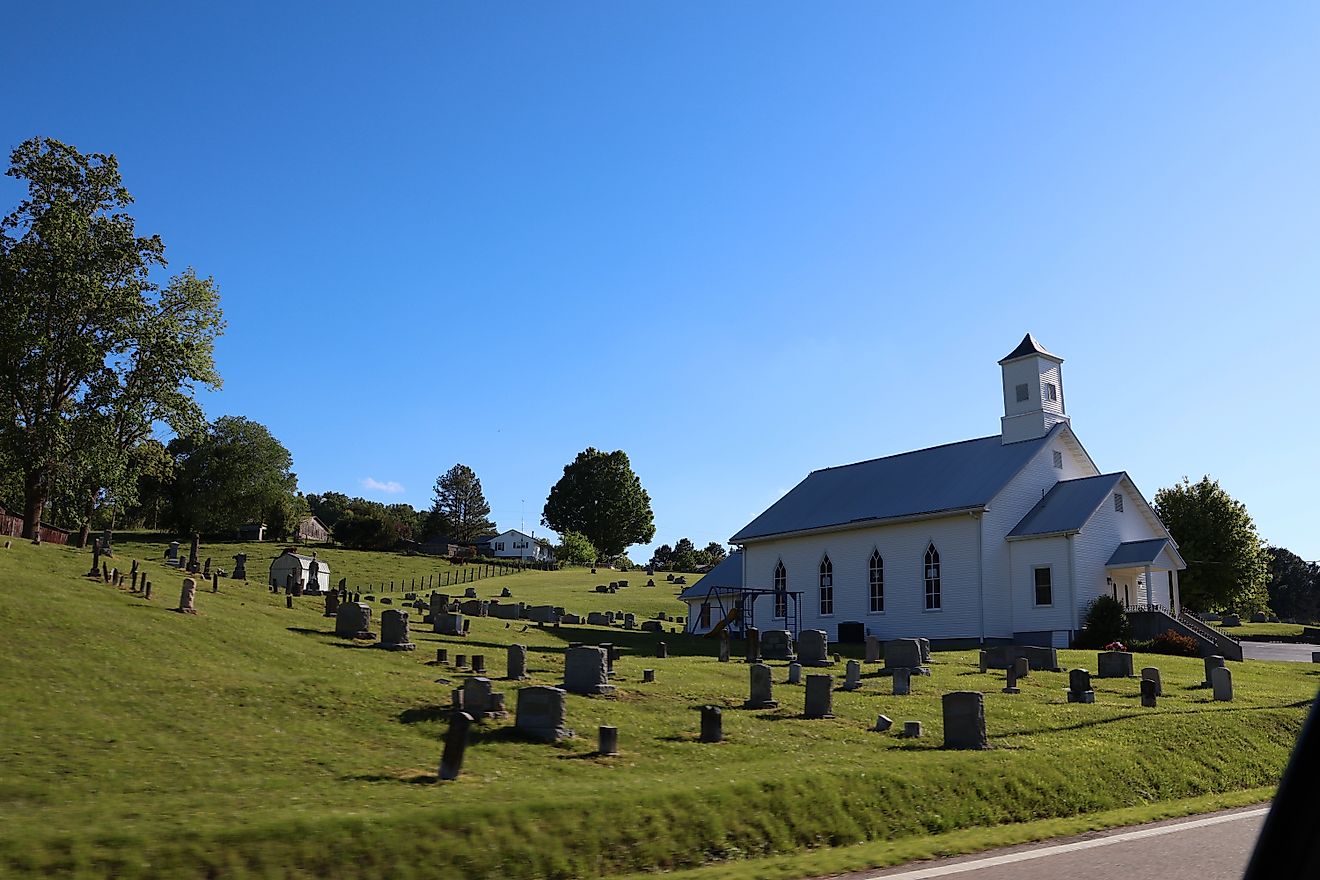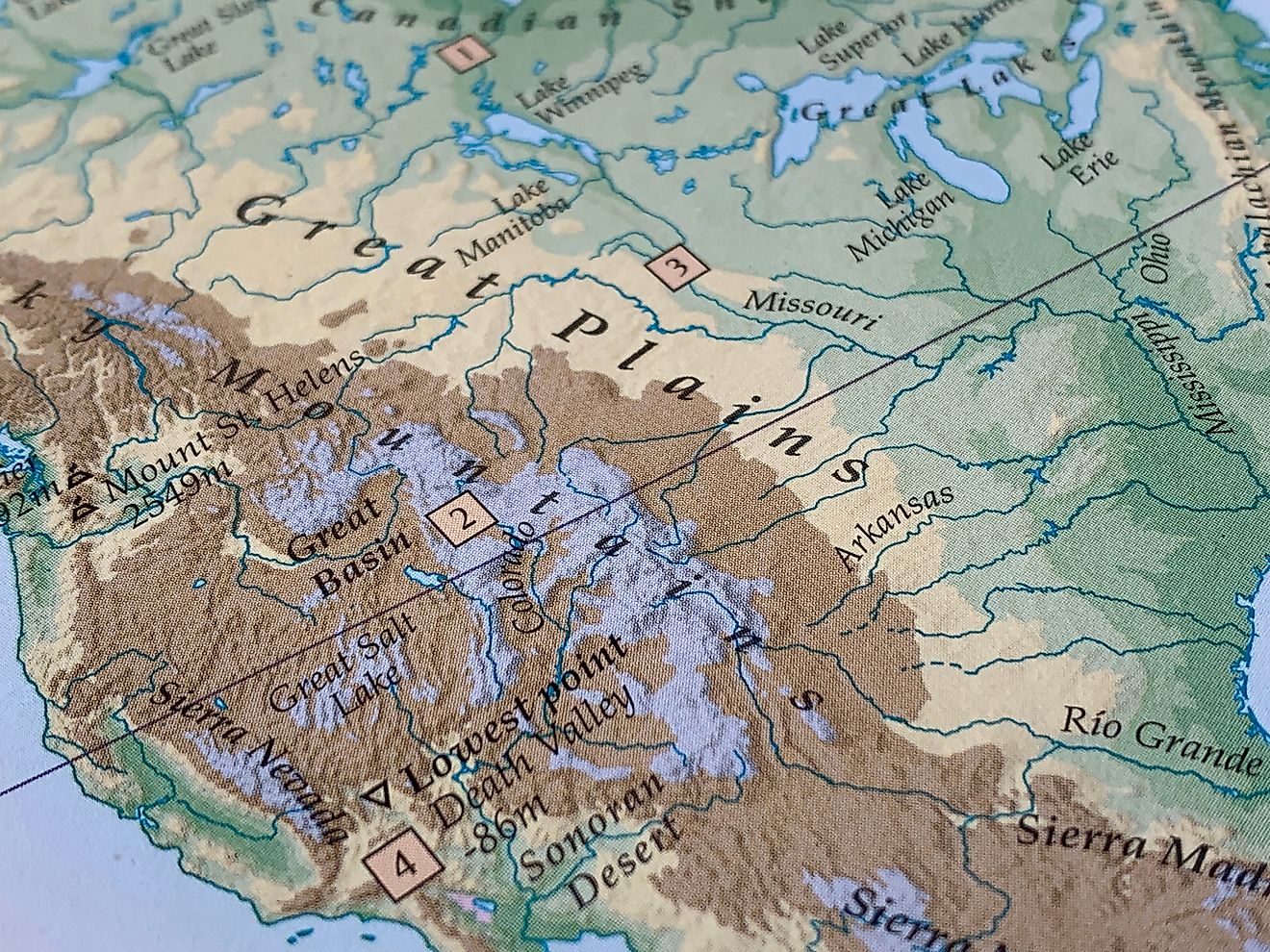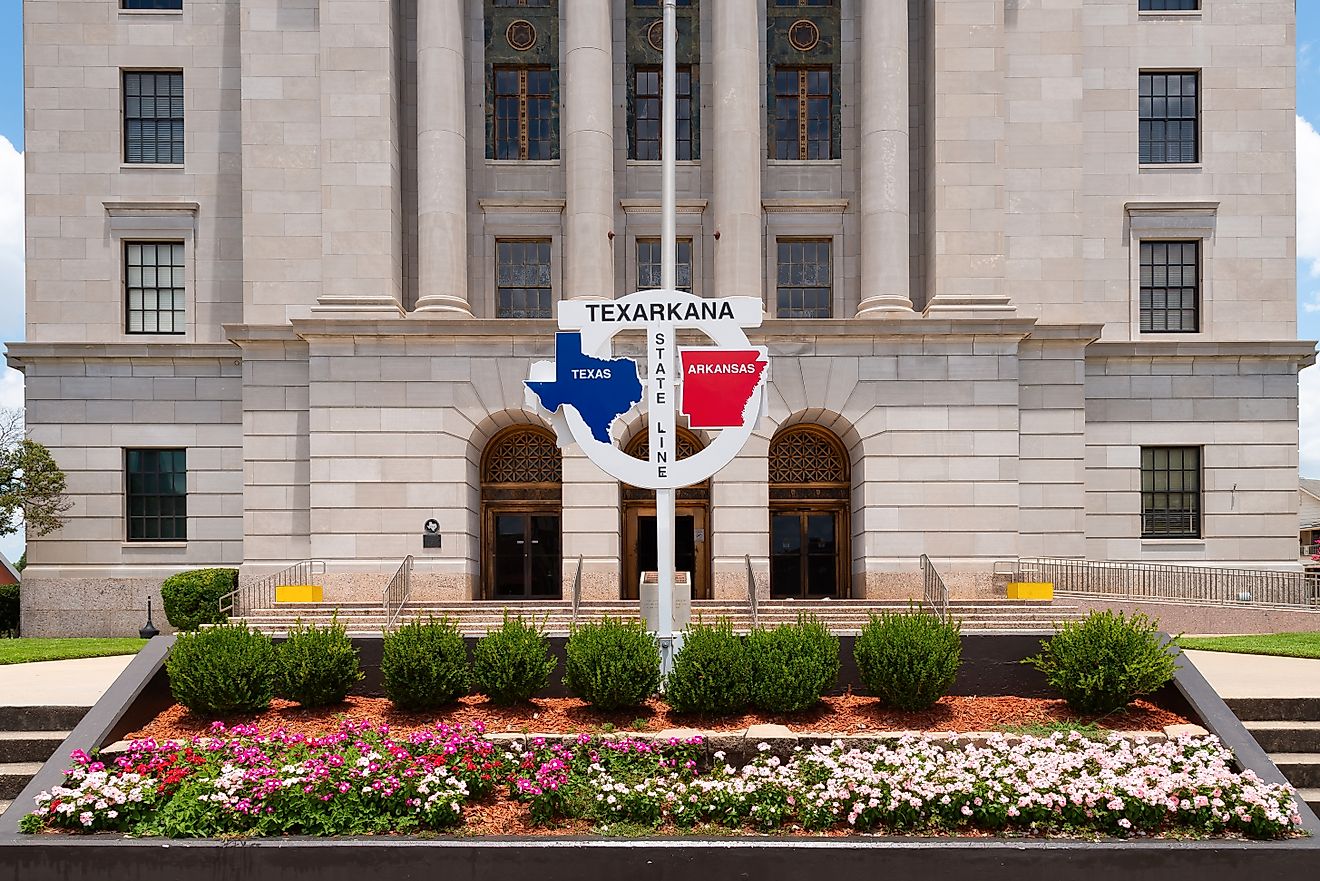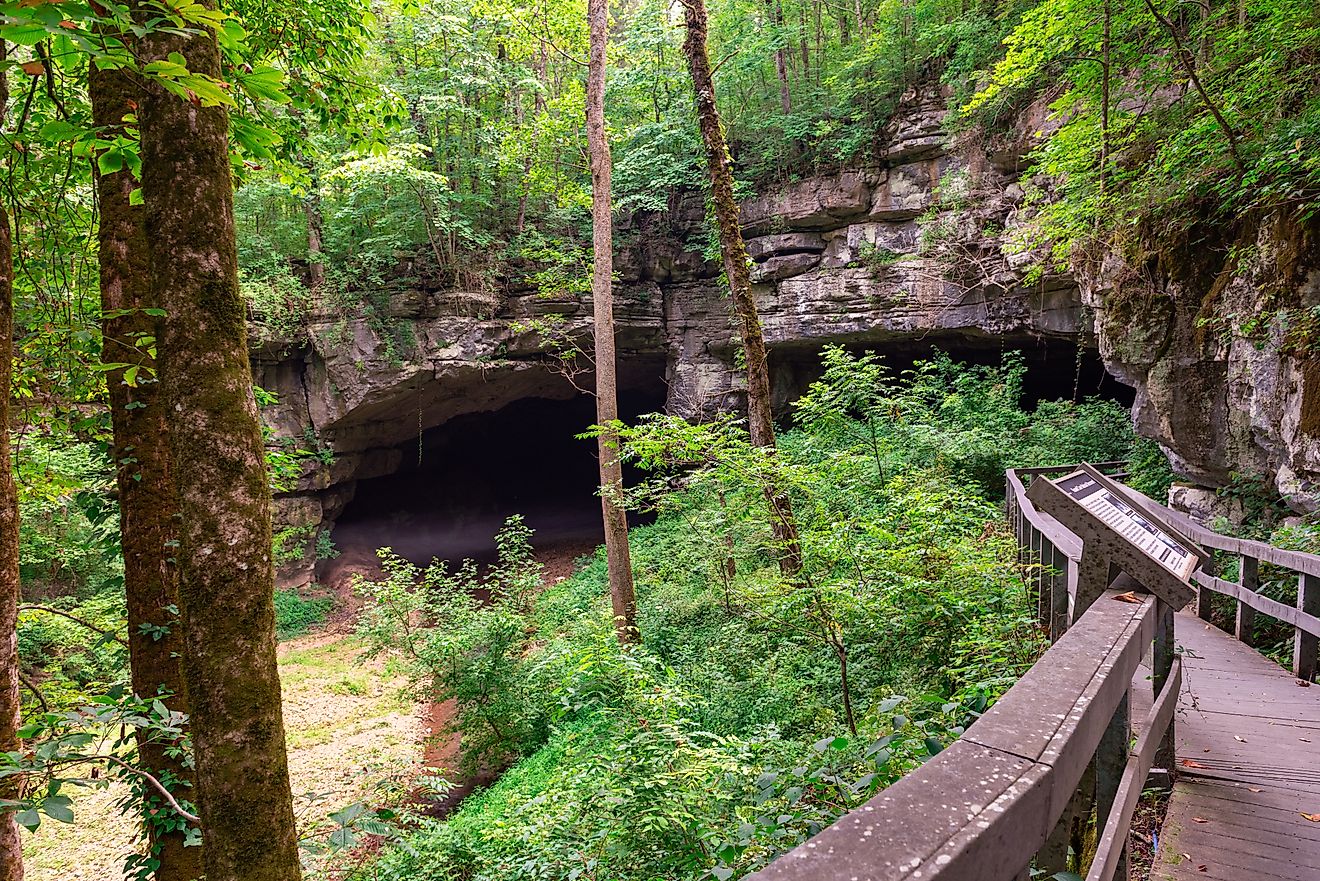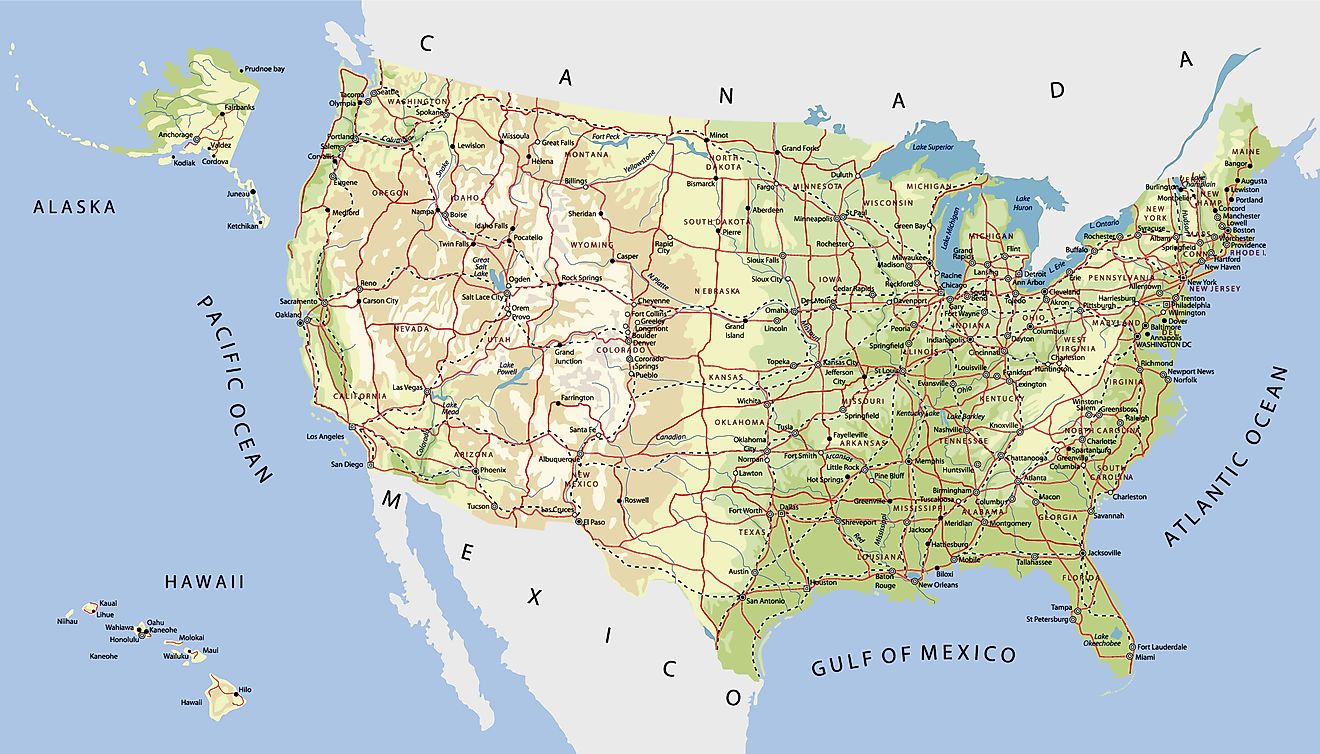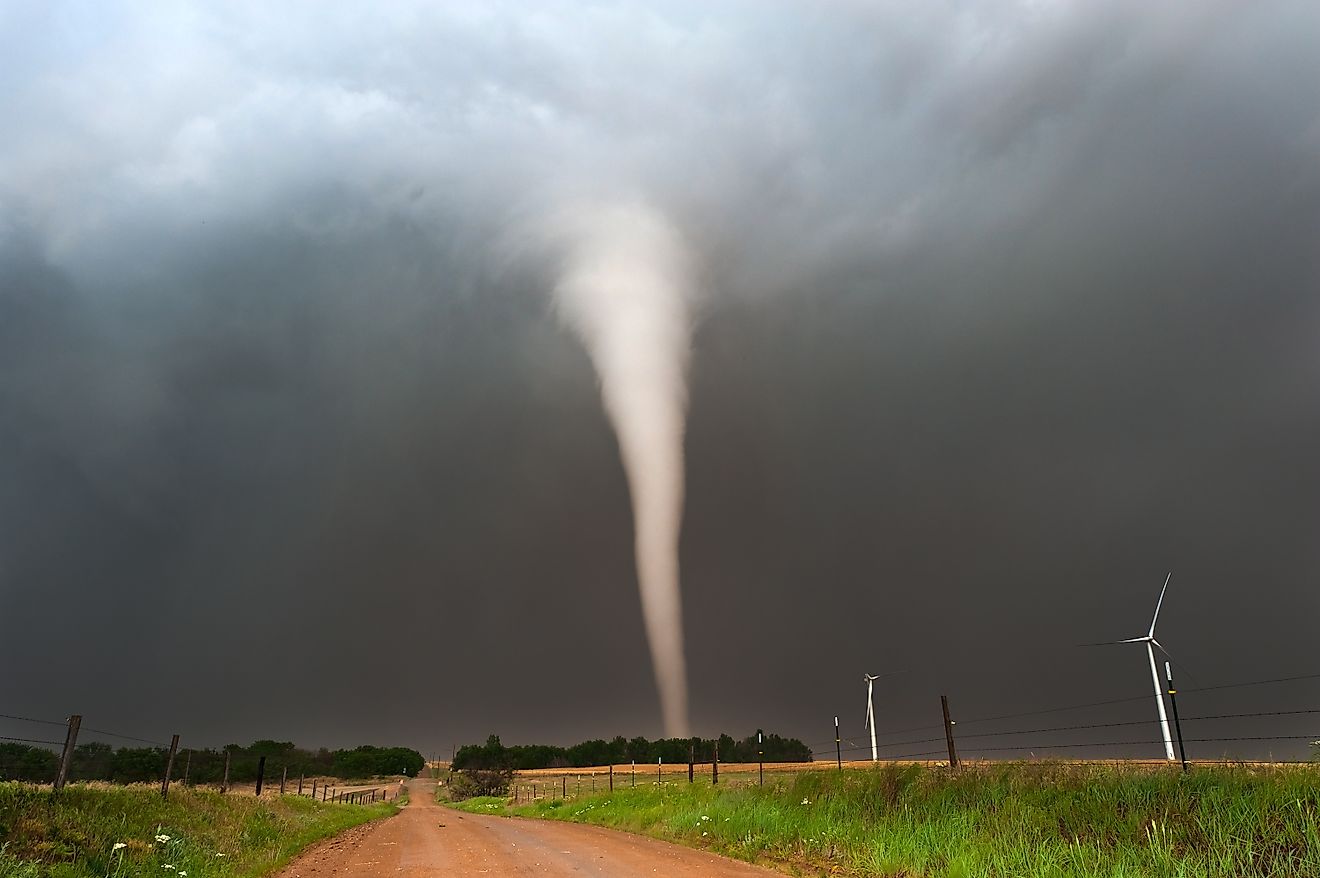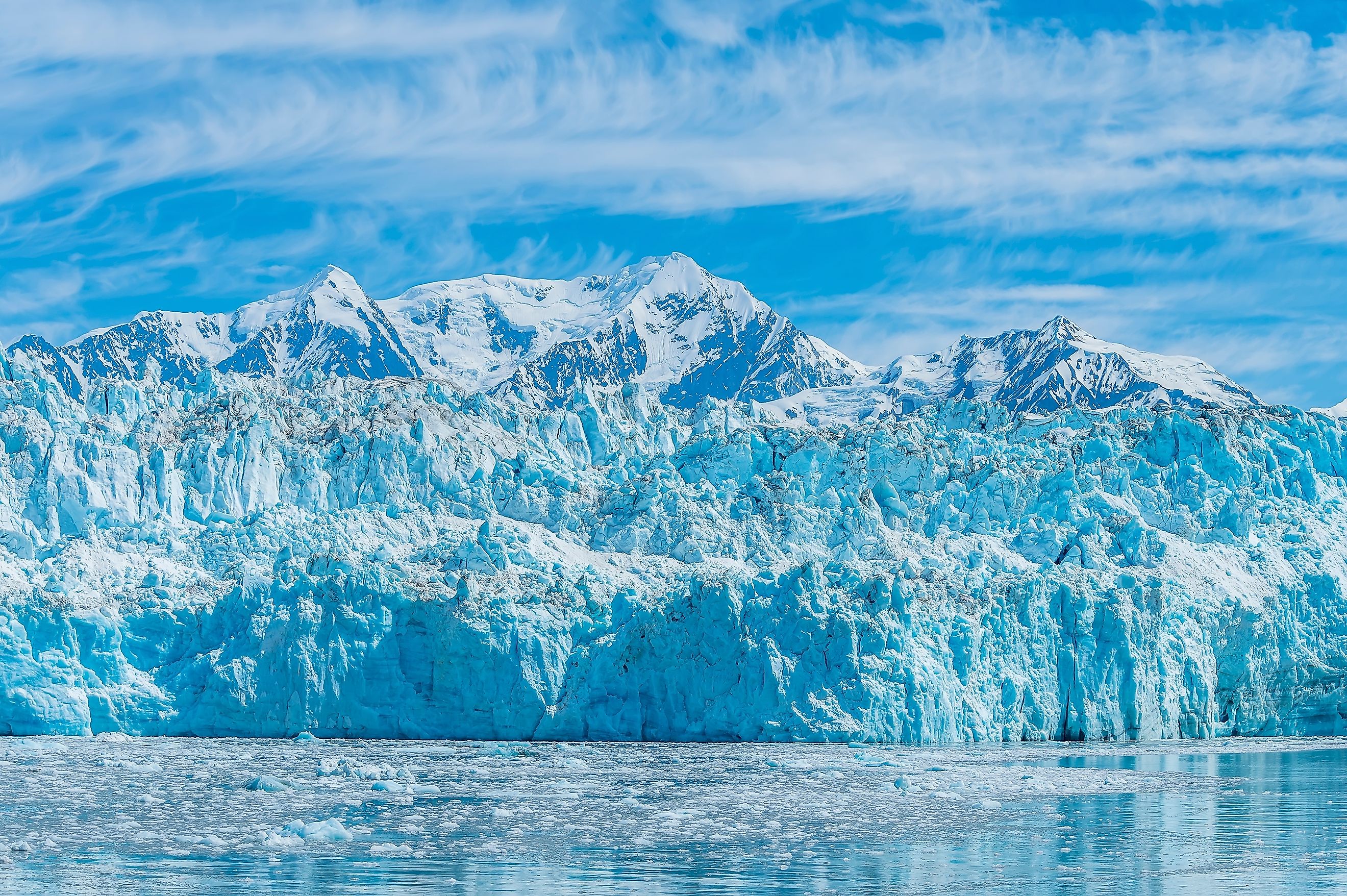
The 5 Largest Glaciers in the United States
Vast, ancient, and awe-inspiring, glaciers are some of the most dramatic natural features on Earth. In the United States, they are largely concentrated in Alaska, home to some of the planet's most expansive and powerful ice formations. These colossal rivers of ice are more than just frozen landscapes; they are vital indicators of climate change, sources of freshwater, and key features of American natural heritage. Explore the five largest glaciers in the United States, delving into their size, location, and the raw beauty that makes each one worth knowing.
Bering Glacier—Alaska
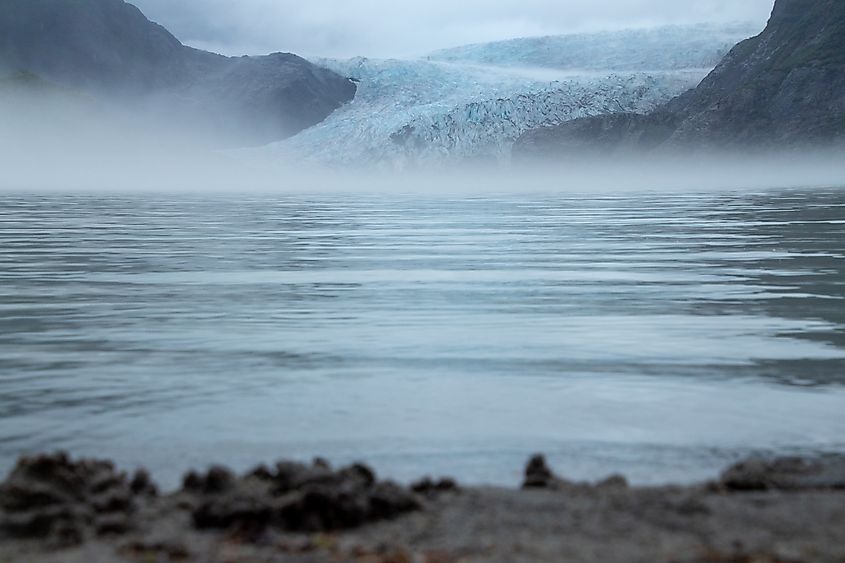
Bering Glacier is the undisputed giant of American glaciers. Spanning over 125 miles in length and covering approximately 1,900 square miles, it is the largest glacier in the United States. Located in the Chugach–St. Elias Mountains of south-central Alaska, Bering Glacier flows into Vitus Lake before reaching the Gulf of Alaska.
Bering is a surge-type glacier, meaning it goes through periodic advances and retreats. These massive surges, which can last several months and move the glacier at incredible speeds, are among its most fascinating features. Bering Glacier also plays a significant role in regional hydrology, feeding numerous rivers and affecting sea levels.
However, like many of the world's glaciers, Bering has been in retreat for decades. Satellite data shows substantial thinning and shrinking, highlighting its vulnerability to climate change. Despite this, its scale and power continue to make it a compelling destination for researchers and adventurers.
Malaspina Glacier—Alaska
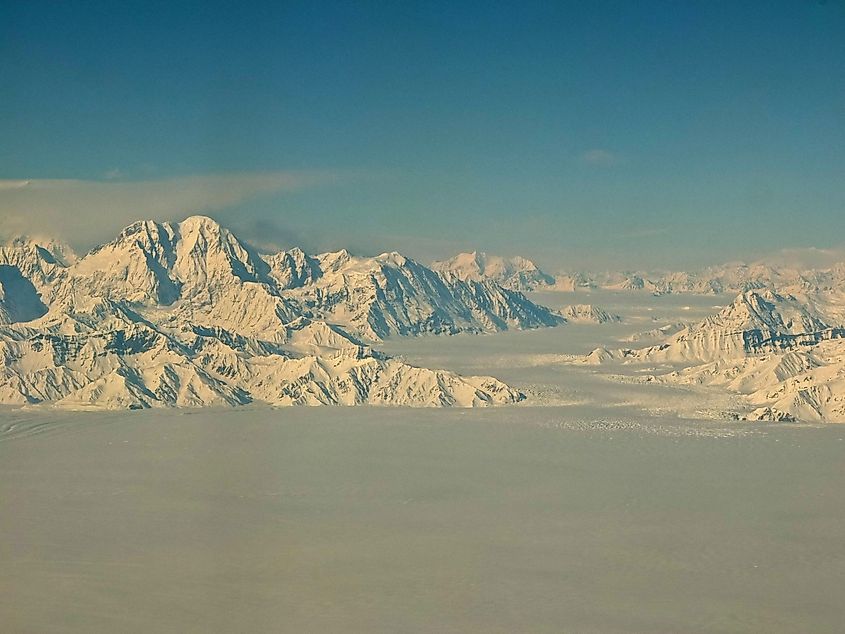
Malaspina Glacier. Editorial credit: Joseph from Cabin On The Road, USA via Wikimedia Commons
Malaspina Glacier, covering approximately 1,500 square miles, is the second-largest glacier in the US and one of the most unique. Rather than flowing through a valley, Malaspina is a piedmont glacier, meaning it spreads out broadly at the base of mountains, forming a massive lobe of ice.
Located in southeastern Alaska, Malaspina flows from the St. Elias Mountains onto the coastal plain near Yakutat Bay. From the air, it looks almost alien—a great fan-shaped mass that blankets the landscape in ice. Its dramatic size and striking formation make it one of the most photogenic glaciers in the world.
Malaspina's sheer volume and proximity to the coast have made it a subject of intense glaciological study. Like Bering, it too has seen significant retreat, but it remains one of the largest non-polar ice bodies on Earth.
Hubbard Glacier—Alaska
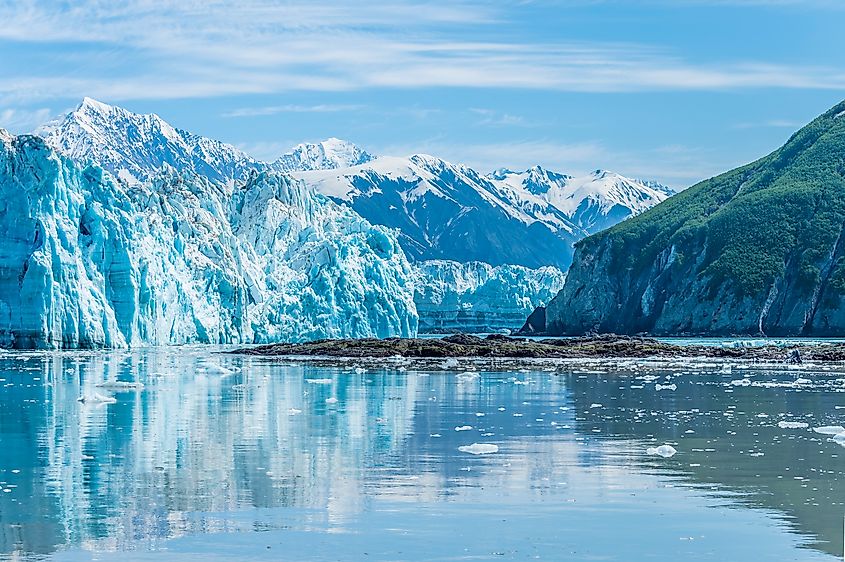
Hubbard Glacier is the largest tidewater glacier in North America, stretching over 76 miles in length and covering about 1,350 square miles. Located in eastern Alaska and part of Wrangell-St. Elias National Park and Preserve, it flows into Disenchantment Bay and Yakutat Bay.
Unlike many of its retreating counterparts, Hubbard has been advancing for more than a century. In fact, in both 1986 and 2002, it advanced so dramatically that it temporarily blocked the mouth of Russell Fjord, creating a temporary lake that raised concerns among scientists.
Hubbard Glacier is a popular stop for cruise ships navigating the Inside Passage, and visitors are often treated to the thunderous spectacle of calving icebergs plunging into the sea. It remains one of the few major glaciers in the world that is currently growing, making it an anomaly in the age of melting ice.
Columbia Glacier—Alaska
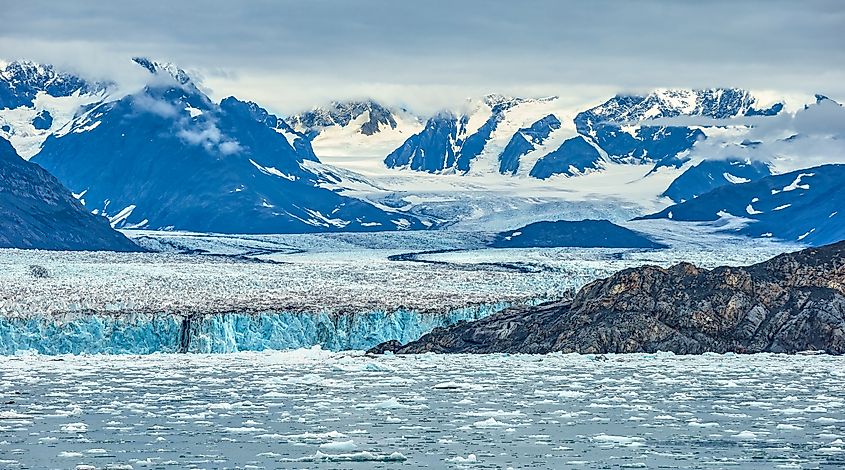
Located in Prince William Sound near the town of Valdez, Columbia Glacier is another massive tidewater glacier, stretching approximately 32 miles long and encompassing over 400 square miles. It's one of the most rapidly changing glaciers in the world.
Since the 1980s, Columbia Glacier has been retreating at an astonishing rate, losing over 12 miles in length and dumping billions of tons of ice into the ocean. This retreat has significantly altered local marine ecosystems and navigation routes, providing scientists with real-time data on the effects of climate change.
Despite its rapid retreat, Columbia Glacier remains a striking feature. Its towering face and deep blue ice attract photographers, adventurers, and cruise passengers year-round. The glacier's dramatic transformation makes it a living laboratory for climate scientists and a sobering reminder of global warming.
Mendenhall Glacier—Alaska
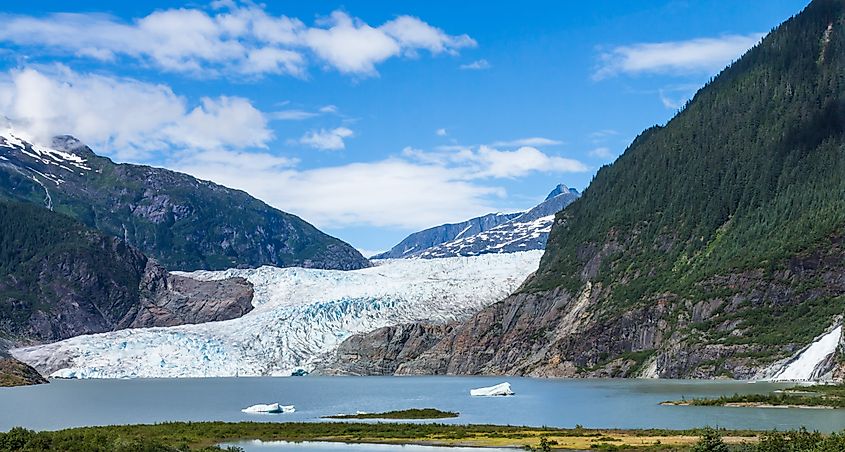
Mendenhall Glacier may be the smallest on this list, covering roughly 37 square miles, but it holds a special place due to its accessibility and educational value. Located just 13 miles from downtown Juneau, it's one of the most visited glaciers in the United States.
The glacier flows from the Juneau Icefield, a massive expanse of interconnected glaciers, and ends at Mendenhall Lake. Visitors can view it from the Mendenhall Glacier Visitor Center, which offers hiking trails, educational exhibits, and close-up views of glacial formations and meltwater features.
Mendenhall has been retreating for decades, revealing newly exposed landscapes, including forests and lakes that had been hidden under ice for thousands of years. This makes it a prime spot for scientists studying ecological succession and glacial retreat.
More than just a natural wonder, Mendenhall Glacier is a gateway for the public to engage with the story of glaciers and climate change firsthand.
Why These Glaciers Matter
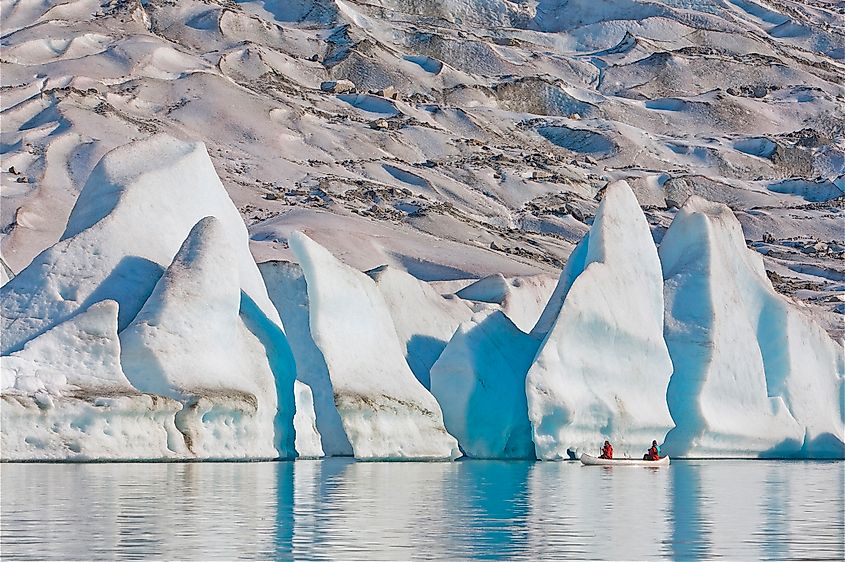
The glaciers on this list are more than icy landmarks; they are dynamic systems that play a vital role in both regional and global ecosystems. They store vast amounts of freshwater, influence ocean currents, and serve as sentinels of our changing climate.
In Alaska, where over 95% of the US's glacier ice is located, these formations shape the land and lives of people who live nearby. Indigenous communities, researchers, and tourists all depend on or interact with these icy giants in meaningful ways. As they shrink or grow, they offer insights into past, present, and future environmental conditions.
Planning a Visit
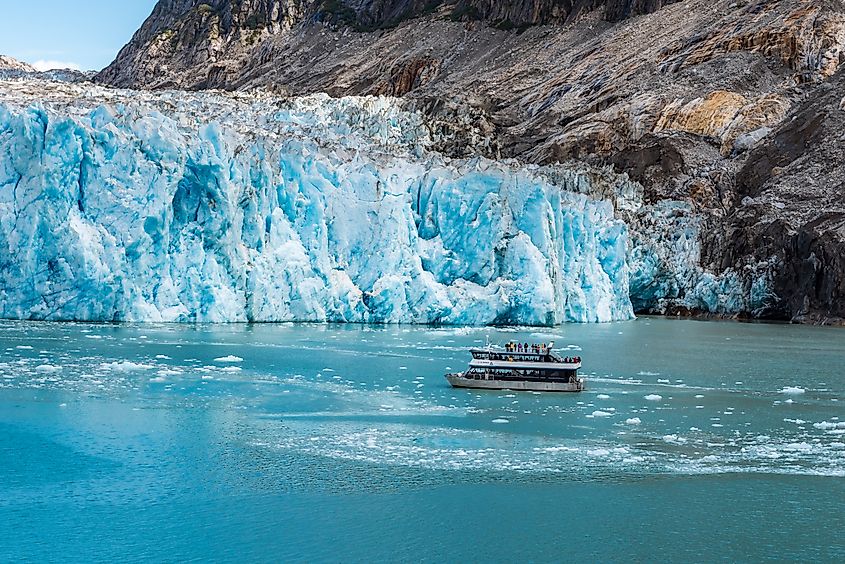
Many of these glaciers are accessible via cruise ships, small aircraft tours, or rugged backcountry excursions. Columbia and Hubbard Glaciers are popular cruise destinations, while Mendenhall Glacier offers family-friendly access. For the more adventurous, trekking around Bering or Malaspina requires permits, gear, and experience.
Whether you're interested in their geological significance or simply want to witness their staggering beauty, America's largest glaciers are natural treasures that deserve a spot on any travel bucket list.
Where Ice, Time, and Terrain Converge
From the monumental Bering Glacier to the photogenic Mendenhall, America's five largest glaciers offer an unforgettable glimpse into nature's raw, icy power. These frozen giants are not only majestic but crucial indicators of our planet's health. As they shift and shrink in response to rising global temperatures, they serve as both awe-inspiring travel destinations and urgent calls to environmental action. For travelers, scientists, and storytellers, these glaciers are some of the most compelling features of the American landscape.
